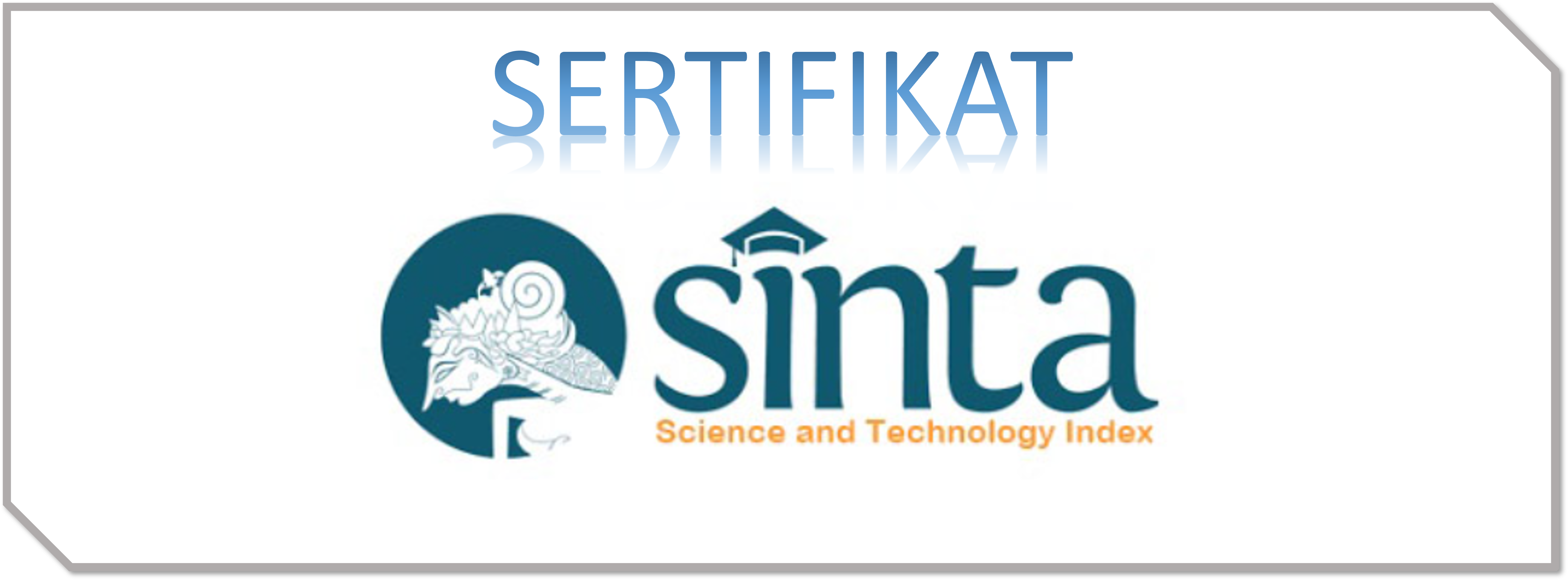PRINSIP GOOD GOVERNANCE DALAM PENGENDALIAN PRODUK TEMBAKAU DAN ROKOK ELEKTRONIK PADA PERATURAN PEMERINTAH NOMOR 28 TAHUN 2024
DOI:
https://doi.org/10.51878/cendekia.v5i4.7090Keywords:
Pengendalian Iklan, Tembakau dan Rokok Elektronik, Prinsip Good GovernanceAbstract
This study aims to analyze the implementation of the Good Governance principles in the control of tobacco and electronic cigarette advertisements, specifically in Government Regulation No. 28 of 2024. This regulation imposes restrictions on tobacco and electronic cigarette advertisements to protect public health from the harmful effects of tobacco consumption. This research uses a normative legal method with a statutory approach and a conceptual approach. The data used includes relevant legislation, academic literature, and international documents such as WHO guidelines. The analysis compares this regulation with the principles of Good Governance, such as transparency, accountability, participation, and fairness. The results of the study show that although PP No. 28 of 2024 has good intentions to protect public health, its implementation does not fully reflect the principles of Good Governance. The strict restrictions on tobacco advertising could harm the industry sector, including the economic rights of entrepreneurs and workers, which should also be considered in the policy. The conclusion of this study is that the regulation needs to be revised to achieve a better balance between protecting public health and safeguarding the economic rights of industry stakeholders. The implications of this study highlight the importance of a more inclusive and participatory approach in formulating advertising control policies, which not only prioritize public health but also support the economic sector involved.
ABSTRAK
Penelitian ini bertujuan untuk menganalisis penerapan prinsip Good Governance dalam pengendalian iklan produk tembakau dan rokok elektronik, khususnya dalam Peraturan Pemerintah Nomor 28 Tahun 2024. Regulasi ini mengatur pembatasan iklan produk tembakau dan rokok elektronik dengan tujuan untuk melindungi kesehatan masyarakat dari dampak konsumsi tembakau. Penelitian ini menggunakan metode hukum normatif dengan pendekatan peraturan perundang-undangan (statute approach) dan pendekatan konseptual (conceptual approach). Data yang digunakan meliputi peraturan perundang-undangan terkait, literatur akademik, serta dokumen internasional seperti pedoman WHO. Analisis dilakukan dengan membandingkan regulasi ini dengan prinsip-prinsip Good Governance, seperti transparansi, akuntabilitas, partisipasi, dan keadilan. Hasil penelitian menunjukkan bahwa meskipun PP No. 28 Tahun 2024 memiliki tujuan yang baik dalam melindungi kesehatan masyarakat, penerapannya belum sepenuhnya mencerminkan prinsip Good Governance. Pembatasan yang ketat terhadap iklan rokok berpotensi merugikan sektor industri, termasuk hak ekonomi pengusaha dan pekerja, yang seharusnya juga diperhatikan dalam kebijakan tersebut. Kesimpulan dari penelitian ini adalah bahwa regulasi tersebut perlu direvisi untuk mencapai keseimbangan yang lebih baik antara perlindungan kesehatan masyarakat dan perlindungan hak ekonomi pelaku industri. Implikasi dari penelitian ini adalah pentingnya pendekatan yang lebih inklusif dan partisipatif dalam merumuskan kebijakan pengendalian iklan, yang tidak hanya mengutamakan kesehatan publik tetapi juga mendukung sektor ekonomi yang berkepentingan.
Downloads
References
Chapman, S., Freeman, B., & Rimmer, M. (2015). The impact of tobacco advertising bans: A review of evidence from the global south. Tobacco Control, 24(2), 114-119. https://doi.org/10.1136/tobaccocontrol-2014-051815
Crawford, M. A., & Kim, H. (2019). Impact of tobacco advertising bans on youth smoking in high-income countries. Public Health Reviews, 40, 10. https://doi.org/10.1186/s40985-019-0111-3
De Lima, J. P., & Macedo, J. G. (2015). The impact of tobacco advertising regulations on public health and industry. Journal of Public Health Policy, 36(2), 175-189. https://doi.org/10.1057/jphp.2015.12
Fooks, G. J., Gilmore, A. B., & Jones, S. (2017). The impact of tobacco advertising bans on consumption: A global perspective. Tobacco Control, 26(1), 19-28. https://doi.org/10.1136/tobaccocontrol-2015-052477
Holliday, J. E., Brown, J. A., & Simmonds, A. J. (2018). The effectiveness of tobacco advertising bans in reducing smoking: A systematic review. Tobacco Control, 27(2), 131-138. https://doi.org/10.1136/tobaccocontrol-2018-054717
Köhler, M., & Heuer, T. (2013). Advertising restrictions on tobacco products: A global review of evidence. Global Health, 9(1), 25-34. https://doi.org/10.1186/1744-8603-9-25
Kessel, L., Smeltzer, S., & Roser, K. (2012). Regulating tobacco advertising: Lessons from global best practices. World Health Organization Bulletin, 90(3), 224-230. https://doi.org/10.2471/BLT.11.097602
Li, Q., & Ling, P. M. (2013). Tobacco industry influence on the implementation of smokefree workplace policies in China: A national survey. Tobacco Control, 22(2), 79-85. https://doi.org/10.1136/tobaccocontrol-2012-050897
Marzuki, P. M. (2010). Penelitian hukum: Suatu pengantar. Kencana.
Rahardjo, S. (2009). Ilmu hukum. PT Citra Aditya Bakti.
Satjipto, R. (2009). Ilmu hukum. PT Citra Aditya Bakti.
Sussman, S., & Strycker, L. A. (2011). Handbook of adolescent drug use prevention: Research, interventions, and policies. Cambridge University Press.
Williams, S. A., et al. (2020). Tobacco advertising and youth smoking: A review of current evidence from high-income countries. Tobacco Control, 29(5), 491-497. https://doi.org/10.1136/tobaccocontrol-2020-056206
World Health Organization (WHO). (2005). Framework convention on tobacco control (FCTC). Geneva: World Health Organization.
Yadav, R., McNeill, A., & Thomas, J. (2019). Public health and tobacco control: A global overview of tobacco advertising regulation. Tobacco Prevention & Cessation, 5(1), 1-15. https://doi.org/10.18332/tpc.101115


















